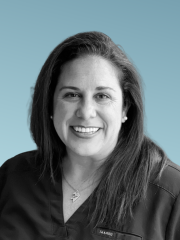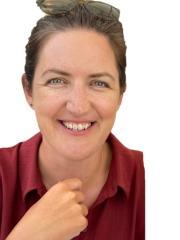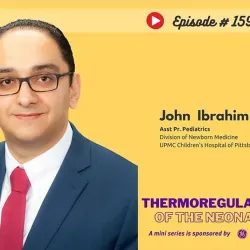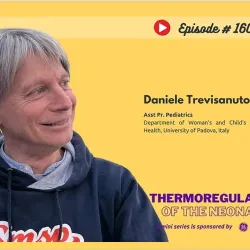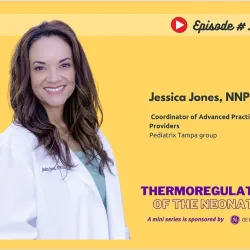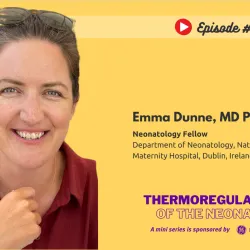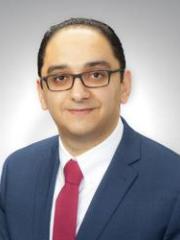
Dr. John Ibrahim
Ibrahim, completed his medical school at Ain Shams University in Cairo, Egypt with honors, Dean's list in 2007. Ibrahim then worked as a clinical pathology resident in his university hospital for 1 year. Owing to his passion for caring for pediatric patients in the ICU setting, Ibrahim joined the main ICU hospital in the ministry of health in Cairo, Egypt as an ICU physician for one year. He immigrated to the United States and completed his pediatric residency at NYU-Winthrop University Hospital in Long Island, NY (2012-2015), followed by fellowship training in perinatal-neonatal medicine at the University of Texas Southwestern in Dallas (2015-2018). He joined the Division of Newborn Medicine in 2018 as an Assistant Professor of Pediatrics and Attending Physician in the NICU at UPMC Magee-Women's Hospital and UPMC Children's Hospital of Pittsburgh.
One of Ibrahim's primary interests is Bronchopulmonary Dysplasia of premature neonates. He enjoys participation in the multidisciplinary care for this vulnerable population and working with pulmonologists, supportive care and nutrition teams to develop care plans. Ibrahim is also interested in neonatal respiratory ECMO. He works with the newborn ECMO team to develop online teaching modules, review ECMO cases and present ECMO journal clubs. Additionally, Ibrahim has interests in clinical research and is involved in several ongoing trials at Magee and Children's addressing recruitment barriers in clinical research studies and use of antibiotics in premature neonates. Ibrahim is also involved in clinical committees to establish divisional guidelines for using nasogastric tubes in neonates upon discharge, as well as the development of Golden hour bundle for premature neonates.





